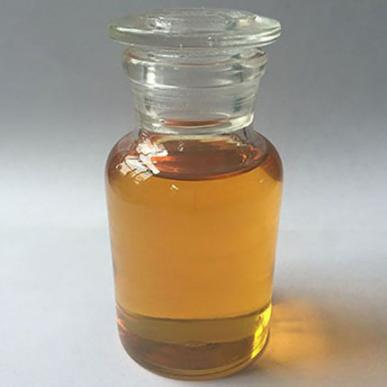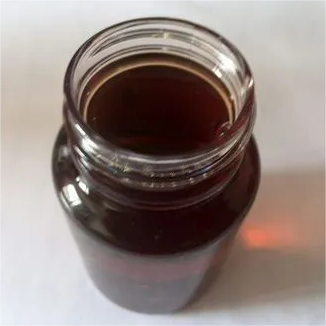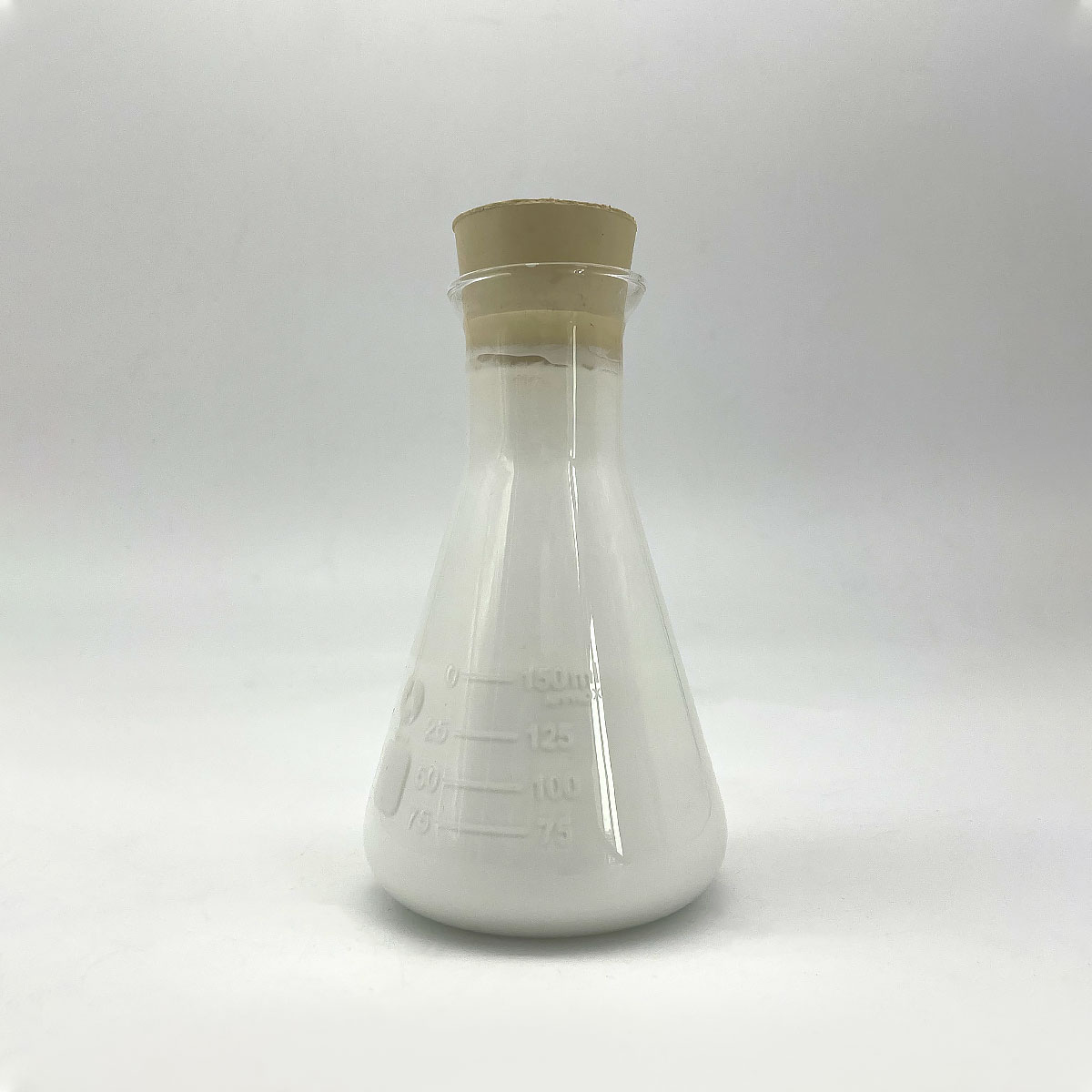1. Introduction
Ever lathered up with shampoo and wondered why it foams like a bubble bath? Thank—or blame—sodium lauryl sulfate (SLS). This humble chemical, also known as sodium dodecyl sulfate or natrium lauryl sulfate, is the MVP of suds. But SLS isn’t just for making your hair squeaky clean; it’s a workhorse surfactant found in everything from toothpaste to lawn wetting agents. And while it’s often confused with sodium laureth sulfate (sometimes misspelled as sodium lauryl ether sulphate or laureth sulphate), they’re not the same beast. So, grab your lab goggles (or just your favorite sulfate-free conditioner) as we dive into the fizzy, foamy world of SLS.

2. What Exactly Is a Surfactant?
Before we geek out on SLS, let’s answer the million-dollar question: what is a surfactant? The meaning of surfactant is simple—it’s a surface-active agent that reduces surface tension. Think of it as a molecular matchmaker that helps oil and water get along (which, as we all know, usually end in a messy breakup). Surfactants have a hydrophilic (water-loving) head and a hydrophobic (oil-loving) tail, allowing them to lift grime, spread liquids evenly, or even help herbicides stick to waxy leaves.
3. Sodium Lauryl Sulfate 101
Sodium lauryl sulfate—also labeled as sls sodium lauryl sulfate, na lauryl sulfate, or sls sulfate—is an anionic surfactant derived from lauryl alcohol (often from coconut or palm kernel oil). It’s cheap, effective, and creates that satisfying foam we associate with cleanliness. But don’t let the bubbles fool you: SLS is a powerful degreaser, which is why it’s also used in industrial cleaners and even as a surfactant for weed killer.
Despite its popularity, SLS has a reputation for being harsh on skin and eyes. That’s why many personal care brands now opt for gentler alternatives like sodium cocoyl isethionate, decyl glucoside, or coco glucoside—all bio surfactants that clean without the sting.
4. SLS vs. SLES: The Great Sulfate Showdown

Confused about sls sodium vs. sls sodium laureth sulfate? You’re not alone. Sodium laureth sulfate (SLES), also called sodium lauryl ether sulfate, is ethoxylated—meaning it’s been treated with ethylene oxide to make it milder. While both are anionic surfactants, SLES is less irritating than SLS, which is why it’s common in shampoos (yes, sodium lauryl ether sulphate in shampoo is real and very common).
Fun fact: Laureth and lauryl sound alike, but they’re chemically different. Laureth = ethoxylated. Lauryl = straight-up aggressive cleaner. Choose your fighter.
5. The Surfactant Family Tree
Surfactants come in four main flavors: anionic, cationic, non-ionic, and amphoteric. Let’s meet the relatives:
- Anionic surfactants (like SLS, sodium dodecylbenzene sulfonate, and sodium coco sulfate) carry a negative charge and are great at cleaning and foaming.
- Cationic surfactants (like cetyl trimethyl ammonium bromide or cetyltrimethylammonium bromide) are positively charged and used in conditioners for their anti-static properties.
- Non-ionic surfactants (such as polysorbate 80, Span80, Pluronic 127, and lignin sulfonate) have no charge and are often used as emulsifiers or wetting agents—perfect for a lawn wetting agent or surfactant for herbicides.
- Amphoteric surfactants (including cocamidopropyl betaine, also known as coco betaine, amidopropyl betaine, or coco amido propyl betaine) can switch charges depending on pH, making them super gentle. They’re the peacekeepers of the surfactant world.

6. Gentler Alternatives to SLS
If SLS gives your skin the side-eye, try these milder options:
- Alkyl polyglucoside and coco glucoside: plant-based, biodegradable, and kind to sensitive skin.
- Sodium lauroyl sarcosinate and lauroyl sarcosinate: derived from amino acids, often found in toothpaste.
- Sodium cocoyl glutamate and sodium lauroyl methyl isethionate: luxurious, low-foaming cleansers used in high-end bars.
- Methylated seed oil: not a surfactant itself, but often blended with nonionic surfactants to boost herbicide penetration.
These alternatives prove you don’t need harsh sulfates to get clean—or to kill weeds, for that matter.
7. SLS Beyond the Bathroom
Believe it or not, sodium lauryl sulfate for sale isn’t just for beauty brands. Farmers use it as a surfactant non ionic? Wait—no! SLS is actually anionic, but it’s still used in agrochemicals because it helps active ingredients spread and stick. That said, nonionic surfactants like ethoxylated alcohol or fluoro surfactant are often preferred for herbicides due to better compatibility.
And yes, companies like Rohit Surfactants Private Limited manufacture industrial-grade SLS for everything from detergents to wetting agents for grass. Even sodium deoxycholate and sodium oleate—bile acid derivatives—serve as bio surfactants in niche applications.
8. The Controversy: Is SLS Dangerous?
Let’s address the elephant in the shower: rumors claim SLS causes cancer, dries out skin, or turns your scalp into a desert. The truth? According to dermatologists and regulatory bodies, SLS is safe in rinse-off products at typical concentrations. However, it can be irritating for people with eczema or sensitive skin—which is why sulfate-free shampoos are booming.
Also, no, SLS won’t turn into formaldehyde just because it’s near sodium laureth. That’s a myth born from confusing ethoxylation byproducts (which are tightly controlled).
9. Fun (and Weird) SLS Facts
- Ammonium lauryl sulfate (ALS), also called ammonium dodecyl sulfate or ammonium lauryl sulphate, is SLS’s slightly milder cousin—common in baby shampoos.
- Copper 1 bromide? Totally unrelated. (We threw that in to see if you were paying attention.)
- Pulmonary surfactants in your lungs? Completely different—they’re made of phospholipids, not SLS. So no, your shampoo won’t help you breathe better.
10. Conclusion
Sodium lauryl sulfate is neither a villain nor a hero—it’s a tool. Powerful, effective, and sometimes too enthusiastic for delicate skin. Whether you’re lathering up, spraying weeds, or formulating the next big cleanser, understanding surfactants like SLS, sodium laureth, and their amphoteric buddies helps you make smarter choices. And if you ever see ‘sls sodium’ on a label, now you’ll know exactly what’s bubbling beneath the surface.
Our Website founded on October 17, 2012, is a high-tech enterprise committed to the research and development, production, processing, sales and technical services of ceramic relative materials such as 10. Our products includes but not limited to Boron Carbide Ceramic Products, Boron Nitride Ceramic Products, Silicon Carbide Ceramic Products, Silicon Nitride Ceramic Products, Zirconium Dioxide Ceramic Products, etc. If you are interested, please feel free to contact us.


